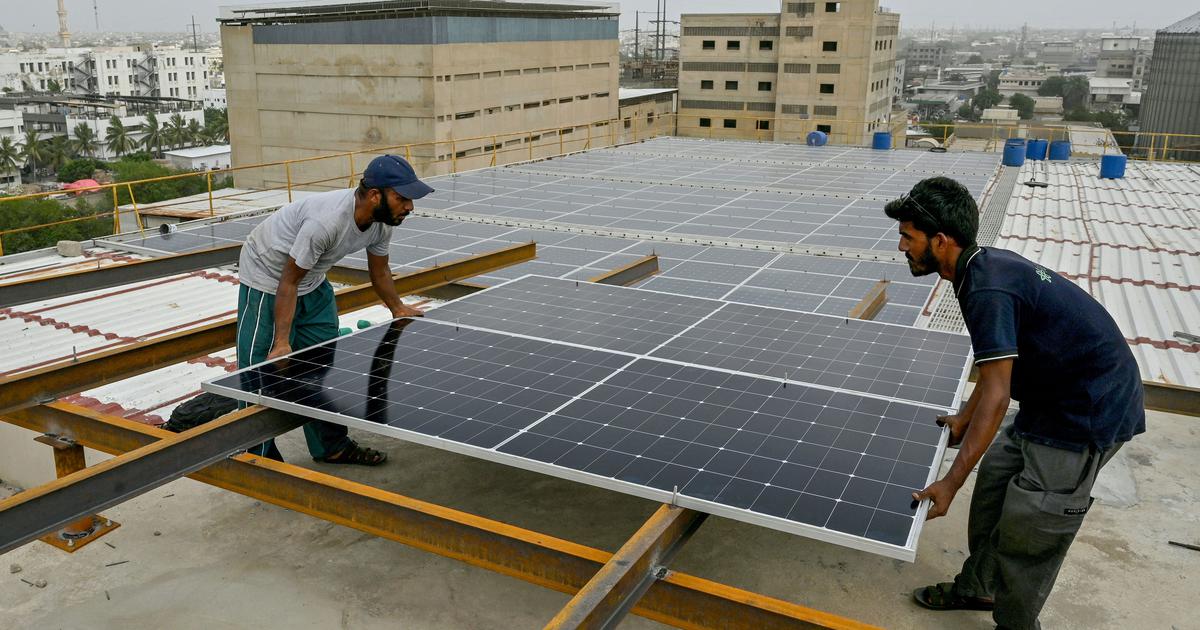Beyond the hype, millet cultivation is a challenge

Join our WhatsApp Community to receive travel deals, free stays, and special offers!
- Join Now -
Join our WhatsApp Community to receive travel deals, free stays, and special offers!
- Join Now -

In 2024, when food researcher and writer Shivani Unakar visited Maan taluka in Satara, Maharashtra, she learned from local millet farmers that insufficient rainfall had delayed the germination of the jowar (sorghum) crop. “The farmers were very concerned. But towards the end of my trip, a heavy bout of rainfall lasted for two to three days. Although it saved the crop, the farmers later informed me that they could only get 60% of their regular harvest,” said Unakar.
Unakar frequently interacts with millet farmers for her research and as the coordinator for the Pune-based Great State Aleworks’ Millet Beer Project. In addition to changing rainfall patterns, she has witnessed how farmers also struggle with labour issues and a lack of dedicated markets for their crops. She adds that these concerns are often not a part of the larger narratives that focus on these grains. “A lot of what we hear is that millets are great for nutrition, great for the land, for the soil and require very little water. But I am not sure if the average consumer understands the complexities behind the scenes,” she says.
Millets have been found to hava a lower carbon footprint compared to major crops like rice and wheat. Depending on the variety,...
What's Your Reaction?
 Like
0
Like
0
 Dislike
0
Dislike
0
 Love
0
Love
0
 Funny
0
Funny
0
 Angry
0
Angry
0
 Sad
0
Sad
0
 Wow
0
Wow
0























































